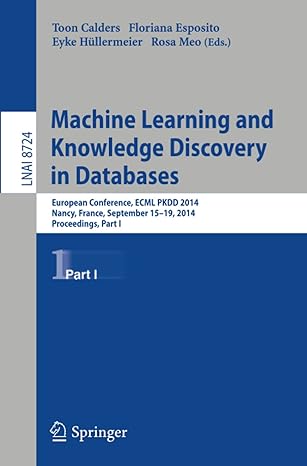Answered step by step
Verified Expert Solution
Question
1 Approved Answer
Humans are most comfortable working in base ten ( decimal ) , but it s important to remember that base two ( binary ) is
Humans are most comfortable working in base ten decimal but its important to remember that base two binary is the language of computers. In this lab, well perform some simple conversions between decimal and binary. Well use examples seen when dealing with IPv addressing, in which the conversion is critical to understanding the organization of a network. To complete the assignment, upload a Word docx or Adobe pdf file with answers to the numbered problems below as your submission to this assignment in Blackboard. To get the most out of this lab, you should attempt to complete each conversion by hand, but it is acceptable and recommended to check your work using a calculator app as described in the presentation.
Binary digits, which can be only or are referred to as bits. In computer networking, binary numbers are often expressed as groups of bits, referred to as a byte or in the context of an IPv address, as an octet. It is convenient to remind ourselves of the digital values of each of the bit positions in an octet:
Binary position
Decimal value
Lets start with some practice problems well work together:
Practice # Convert the binary number to decimal
Practice # Convert the binary number to decimal
Note that the lowest bit value of decimal, while the highest value of decimal. This is why the individual octets of IPv addresses are between and
Calculate the decimal equivalents of the following binary numbers:
Now lets practice converting decimal values to binary. Refer to the M presentation, Binary Review for a walk through of the following methodology.
Practice # Convert the decimal number to binary
R
R Reading from the bottom, we get
R
R We front load this with zeroes to write the answer in the traditional
R bit format of
R
Practice # Convert the decimal number to binary
R
R Reading from the bottom, we get which is in bit format
R
R
R
R
R
R
Calculate the binary equivalents of the following decimal numbers:
Step by Step Solution
There are 3 Steps involved in it
Step: 1

Get Instant Access to Expert-Tailored Solutions
See step-by-step solutions with expert insights and AI powered tools for academic success
Step: 2

Step: 3

Ace Your Homework with AI
Get the answers you need in no time with our AI-driven, step-by-step assistance
Get Started


